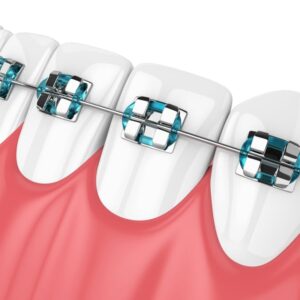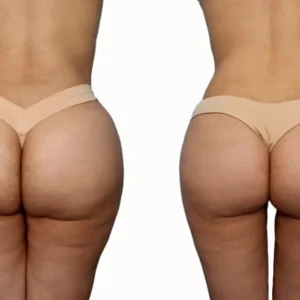What is Phacoemulsification?
Phacoemulsification is the gold standard surgical procedure for treating cataracts. A cataract is a clouding of the eye’s natural lens, leading to blurry vision and vision loss. This surgery uses ultrasound technology to break the clouded lens into tiny pieces, allowing for easier removal and replacement with an artificial lens implant (IOL).
Procedure:
- Preparation: Anesthesia numbs the eye area, and medication relaxes the patient.
- Incision: A small incision (2-3 mm) is made in the cornea, the clear dome at the front of the eye.
- Lens Emulsification: A thin ultrasonic probe is inserted through the incision. The probe emits high-frequency sound waves that break down the cataractous lens into a liquid substance.
- Lens Removal: The emulsified lens material is suctioned out of the eye.
- IOL Implantation: A foldable IOL is inserted through the incision and unfolds within the eye’s lens capsule, the empty sac that once held the natural lens.
- Closure: The incision usually self-seals without stitches.
Suitable Candidates:
- People with cataracts that significantly impact their vision and daily activities.
- Individuals who experience glare or blurred vision due to cataracts.
- Those whose cataracts are not responsive to improved lighting or stronger eyeglasses.
Unsuitable Candidates:
- Patients with uncontrolled eye infections.
- Individuals with certain severe eye conditions that could complicate surgery.
- People with unrealistic expectations about the results of surgery.
Advantages:
- Minimally invasive with a small incision.
- Faster recovery time compared to traditional cataract surgery techniques.
- Improved visual acuity in most cases.
- Long-lasting results with modern IOLs.
Complications:
- Infection: Although rare, infection is a serious complication requiring immediate medical attention.
- Posterior capsular opacification (PCO): This is a clouding of the capsule behind the IOL, treatable with a laser procedure.
- Swelling: Temporary eye swelling is common but usually resolves on its own.
- Bleeding: Bleeding can occur during or after surgery, but usually minimal with modern techniques.
- Detached retina: A rare but serious complication where the retina, the light-sensitive layer at the back of the eye, detaches from the underlying tissue.
Preoperative Care:
- Comprehensive eye exam to assess suitability for surgery.
- Discussion of risks and benefits with your ophthalmologist.
- Stopping certain medications that could increase bleeding risk.
Postoperative Care:
- Eye drops to prevent infection and inflammation.
- Wearing an eye shield while sleeping for protection.
- Avoiding strenuous activities for a specific period.
- Regular follow-up appointments to monitor healing and vision improvement.










Reviews
There are no reviews yet.